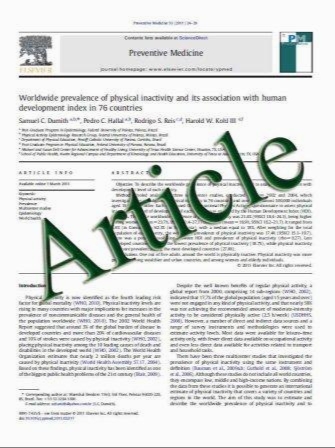Early bond strength of two resin cements to Y-TZP ceramic using MPS or MPS/4-META silanes
- نوع فایل : کتاب
- زبان : انگلیسی
- مؤلف : Mutlu ضzcan · Cenk Cura · Luiz Felipe Valandro
- چاپ و سال / کشور: 2011
Description
For cementation of yttrium-stabilized tetragonal zirconium polycrystal (Y-TZP) ceramic frameworks, protocols of surface-conditioning methods and available cements vary, resulting in confusion among clinicians regarding selection and effects of different conditioning methods on cement adhesion. This study evaluated the effect of two silanes (3-trimethoxysilylpropylmethacrylate (MPS) and 3-trimethoxysilylpropylmethacrylate/4-methacryloyloxyethyl trimellitate anhydride methyl methacrylate (MPS/ 4-META) on the adhesion of two resin-based cements (SuperBond and Panavia F 2.0) to Y-TZP ceramic and compared several protocols with those indicated by the manufacturer of each of these cements. Disks of Y-TZP ceramic (LAVA, 3M ESPE) (n = 60) were divided into six experimental groups (n = 10 per group) and treated as follows: (1) silica coating (SC) + MPS silane + SuperBond; (2) SC + MPS/4-META + silane + SuperBond); (3) SC + MPS silane + Panavia F 2.0); (4) SC + MPS/4-META silane + Panavia F 2.0); (5) no conditioning + MPS/4-META silane + Super- Bond (SuperBond instructions); and (6) 50-ىm Al2O3 conditioning + Panavia F 2.0 (Panavia F 2.0 instructions). The specimens were subjected to shear-bond testing after water storage at 37°C for 3 months in the dark. Data were analyzed by analysis of variance and Tukey’s HSD (ل = 0.05). After silica coating, the mean bond strength of SuperBond cement was not signifi cantly different between MPS and MPS/4-META silanes (20.2 ± 3.7 and 20.9 ± 1.6 MPa, respectively), but the mean bond strength of Panavia F 2.0 was signifi cantly higher with MPS silane (24.4 ± 5.3 MPa) than with MPS/4-META (12.3 ± 1.4 MPa) (P < 0.001). The SuperBond manufacturer’s instructions alone resulted in signifi cantly higher bond strength (9.7 ± 3.1 MPa) than the Panavia F 2.0 manufacturer’s instruction (0 MPa) (P < 0.001). When silica coating and silanization were used, both SuperBond and Panavia F 2.0 cements demonstrated higher bond strengths they did when the manufacturers’ instructions were followed. With SuperBond, use of MPS or MPS/4-META silane resulted in no signifi cant difference when the ceramic surface was silica coated, but with Panavia F 2.0, use of MPS silane resulted in a signifi cantly higher bond strength than use of MPS/4-META. Use of chairside silica coating and silanization to condition the zirconia surface improved adhesion compared with the manufacturers’ cementation protocols for SuperBond and Panavia F 2.0 resin cements.
Odontology (2011) 99:62–67 DOI 10.1007/s10266-010-0144-1 Received: January 4, 2010 / Accepted: June 8, 2010


